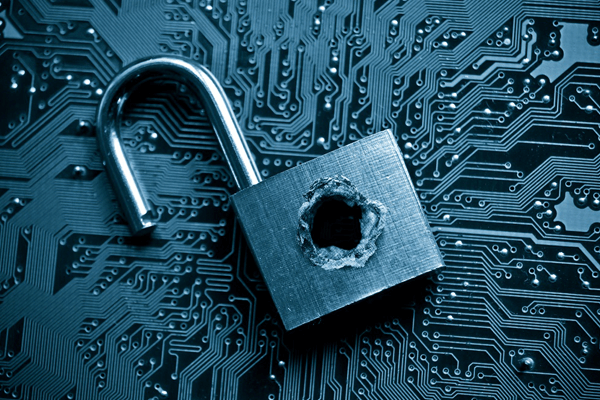How Industries Can Be Safe From Leaking Cloud Buckets? Come Let’s See


Companies are gathering, storing, and dealing regularly with increasing data volumes. Several make decision of storing these data online because it is unsustainable to hold it on premises. But, data is not safe online, there are chances of unimaginable things to happen. For example – a business employee receives a ransom mail from a team of hackers, which comprises of information of targeted firm that their data has been hacked and enterprise has to pay a hefty amount to bring the things back to normal. Now what to do in such case?
Stay charmed! Here we came with this post to update online business users with measures through which they can prevent leaking cloud buckets incidents. Don’t be hassled, simply adopt online security measures and implement them!
What is Leaking Cloud Buckets?
One of the core aspects that companies have to do is to keep themselves updated with types of threats they are encountering. We are in the time where IT platforms are passing through a dramatic digital change, with traditional IT infrastructure replaced by the automated online-based solutions. Well, along with the growth of cloud solutions adoption, a new kind of business security attack is emerging (associated with Ransomware), named as ‘Leaking Cloud Buckets’. The incidents in which data gets exposed on public networks, usually because of the misconfiguration settings in storage buckets are called Leaking cloud buckets.
A bucket is offered by every cloud storage service vendor. The term ‘bucket’ is given by Amazon web services for the repositories, which keep data objects online. Business clients can configure these buckets in any of their desired customized manners. This customization procedure comprises of location where bucket holds, the lifecycle standards for bucket objects, general access controls, and more. In the year 2017, there has been flood of these leaking cloud bucket incidents causing disaster to the popular companies like Uber, Viacom, Uber, and even U.S. military agencies.
Note – In Microsoft Azure, buckets are termed as ‘blobs’.
Who Is Responsible for Leaking Cloud Buckets?
Whom to blame? Cloud service vendors, cloud users, storage providers, or the intelligent mind of hacker? Whether it be Microsoft, IBM, Google, or AWS, cloud service vendors cannot be considered as root cause of the problem. It is so because their buckets are already configured with strong security standards. Eventually, the report of overall situations stated that reason behind the occurrence of leaking cloud buckets incidents is human unintentional error. Is this statement surprising for you?
Don’t forget that Gartner assumes that around 95% of cloud data security failures will be caused due to human errors, till the year 2020. Among those who are in IT know that administrators’ or employees’ errors have long afflicted IT companies. Nevertheless, there exist two main aspects about buckets that should never be avoided.
- Online storage platforms and associated buckets are shared service, which is located outside the private network and firewall perimeter.
- Cloud blobs or buckets are based upon the object storage that does not impose ACLs of file system. These are the one that has been accessed for years by enterprises for defining permissions of file-level granular.
Preventive Measures Against Leaking Cloud Buckets
Luckily, we are having preventive measures through which it is possible to secure your data from such kind of incidents. So let’s readout them!
- Regular Penetration Testing – This procedure is essentially required in a growing business because adding new standards or architecture in premises affect the current security status. Penetration testing needs to be done whenever a new architecture on business network is enforced in a company. Also, it is a good practice to perform this kind of testing procedure for evaluation of business’ security architecture and, check that there is no unknown hole in the network from where leakage can be done.
- Invest Money in DLP Solutions – This preventive measure to be safe from leaking cloud buckets demand automated data loss prevention standards. Here the term ‘automated’ is used because it is impossible to gain strong DLP solutions in premises until and unless things are not based on AI and machine learning. There exists bundle of DLP service providers in the market who are dedicated only to provide basic as well as enhanced data loss prevention techniques to their customers.
- Wisely Manage Data Access Controls – To be safe from leaking cloud buckets incidents, work according to the zero trust model. Companies should not trust their employees for their cloud security, instead they have to adopt security on the concept of ‘zero trust’. This will help in achieving high-level of online data protection, reducing chances of Cyberthreat occurrence in premises. Also, wisely decide the permissions for data access by employees, either within or outside the premises.
It Time to Say No To Cyberattacks
All the approaches listed as the preventive measures for leaking cloud buckets, should be at the top in privacy agenda of business. Doing so will enable organizations to protect themselves from the dreadful consequences of leakage cloud bucket incidents. We hope that you are cleared with all the provided guidelines still, if required some assistance, feel free to contact us.